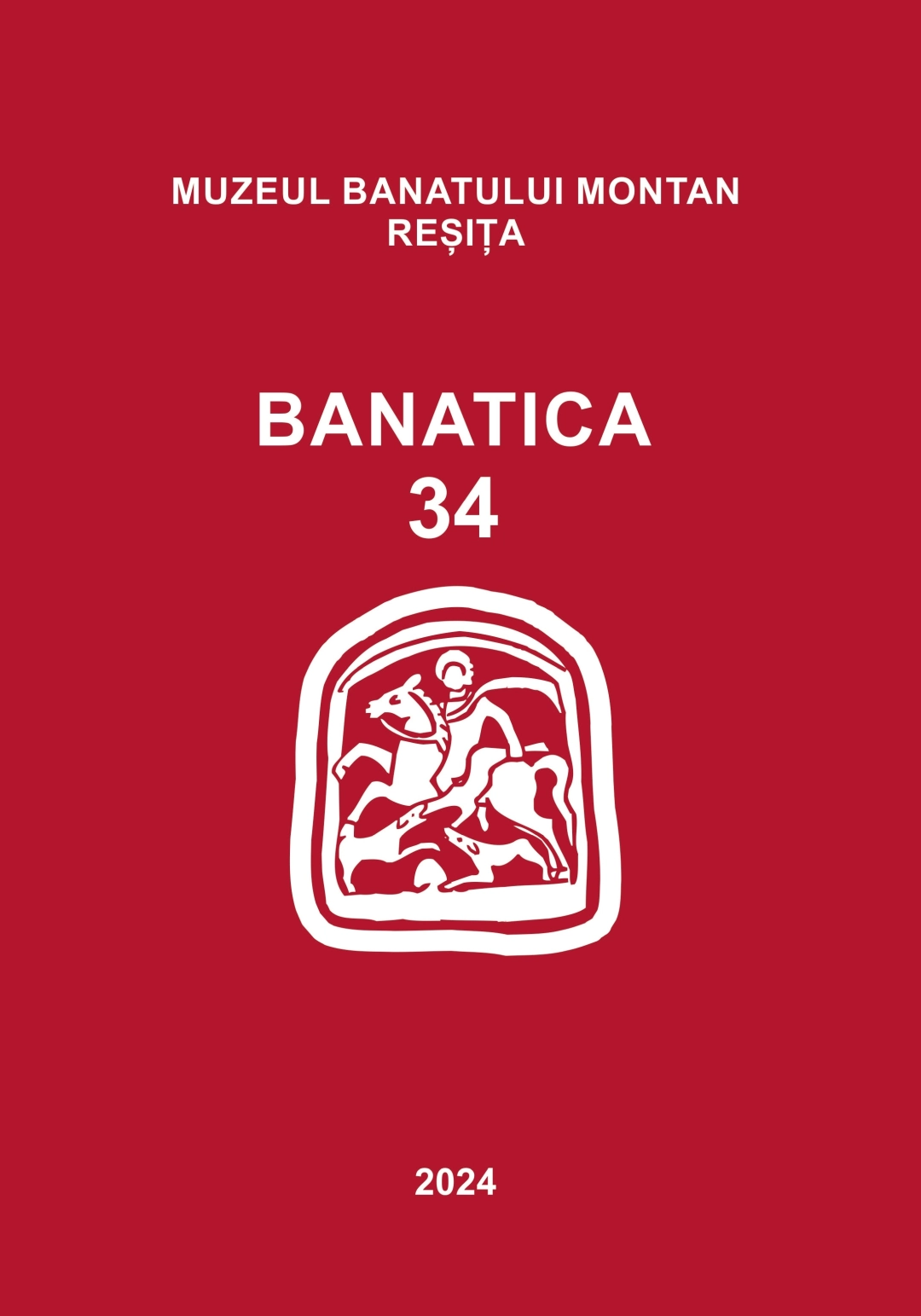Fragmente de vase de sticlă provenite din castrul roman de la Ungra (jud. Braşov)
Fragments of glass vessels from the Roman Castrum in Ungra (Braşov County)
Author(s): Sever‑Petru Boţan, Silviu Gridan, Silviu Gridan, Silviu GridanSubject(s): History, Archaeology, Local History / Microhistory
Published by: Editura Mega Print SRL
Keywords: Province of Dacia; Roman frontier; auxiliary castrum; glassware;
Summary/Abstract: In 2015, on the occasion of some surface research, the location of a Roman fort was identified (110 × 130 m) in the southeast of Transylvania, near the Olt river, on the administrative territory of Ungra commune (Brasov county). Subsequent archaeological and multidisciplinary researches have shown that this fort has at least two phases of construction: one of wood and another of stone. The roman fort, which was named Ungra-Rupea 6, is located on a high terrace, called Pe Hill, which dominates an important traffic corridor between several geographical areas of Transylvania, from the eastern area of Dacian limes. The importance of this communication corridor is also emphasized by its proximity to the roman fort from Hoghiz, well-known in specialized literature, located to the south, only 5 km away from the Ungra-Rupea 6 fort. The archaeological research in 2022 opened the new research perspective of the glass vessels used by the roman military and the civilians from the settlement related to the fort. Our article presents a batch of seven fragments of glass vessels discovered during the archaeological excavations in 2022 and from the fortuitous discovery on the surface area that overlaps the roman fort and the related civilian settlement. Some of the glass vessels can be used as dating elements for the period of operation of the Ungra-Rupea 6 roman fort.
Journal: BANATICA
- Issue Year: 1/2024
- Issue No: 34
- Page Range: 91-108
- Page Count: 18
- Language: Romanian

